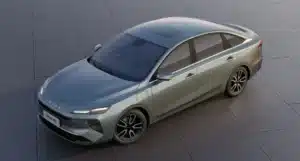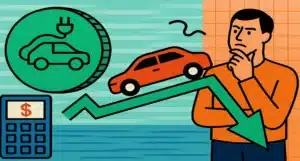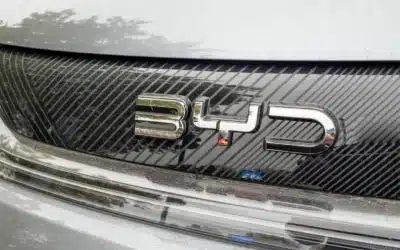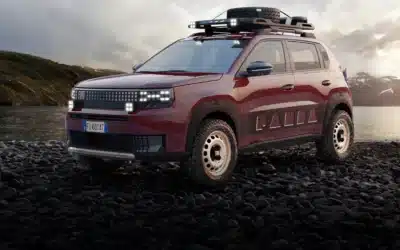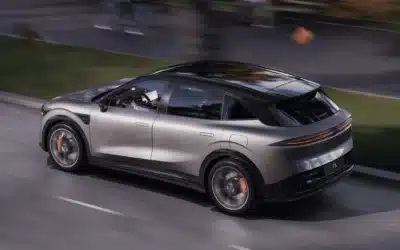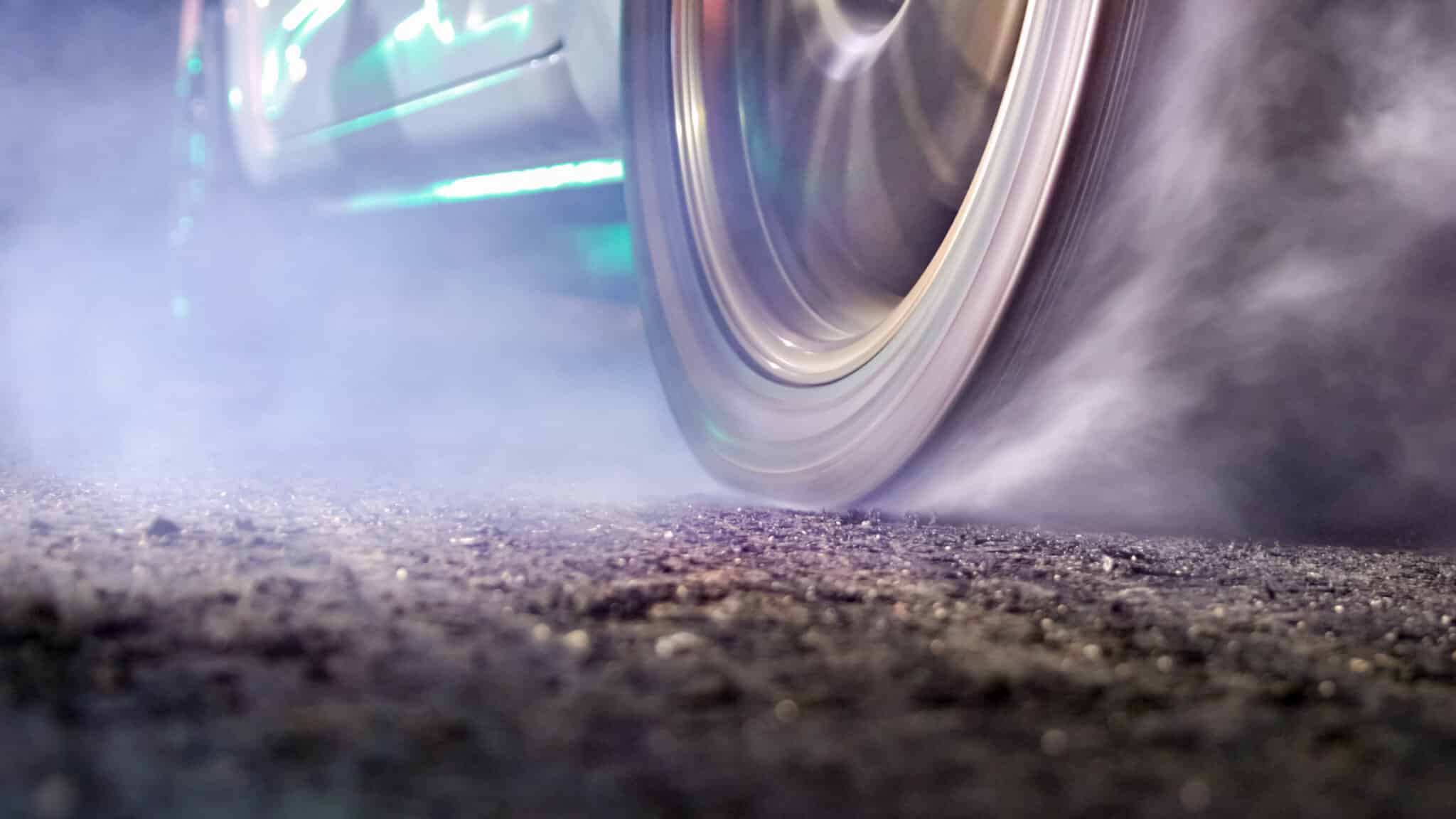
Tyres. You tend not to notice them or even think about them much until that is, it comes time to replace them, or they have a puncture or blow-out. The first thing to be said in relation to the black stuff that goes around the wheels is that they are the single most vital part of your vehicle, and the importance of having quality tyres in good condition cannot be overstated.
Think of it this way, the only points of contact between your car and the road surface, are the humble tyres. Without them, you can’t go, stop, turn and, more crucially, stay on the roads and make progress in wet or slippery conditions.
However, EV owners are confronted with unique challenges that extend beyond conventional car tyre considerations. EVs impose greater demands on the rubber, leading to higher replacement costs, faster wear rates, and, paradoxically (considering an EV’s USP is being ‘Zero Emissions’), increased tyre particulate emissions.
As a result, dedicated EV tyres are often as much as 50% more expensive. Factor in the accelerated wear due to electric vehicles’ heavier weight which can lead to more frequent replacements, and some estimates suggest that EV tyres achieve 30% less mileage than those on internal combustion engine (ICE) vehicles.
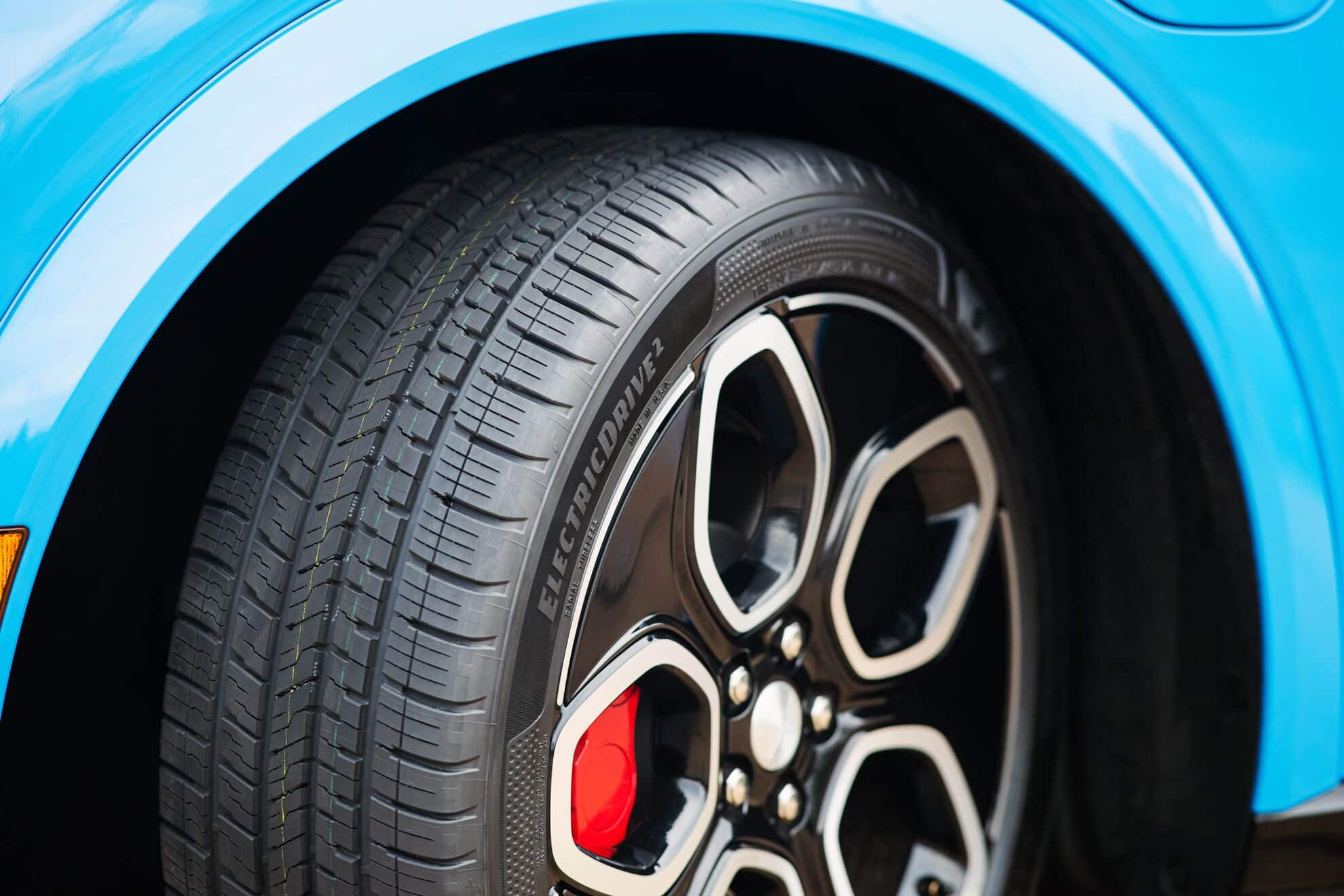
The Goodyear ElectricDrive 2 tyre is designed to be durable, aiming to provide double the lifespan of typical EV tyres.
Combine the weight with the typically higher torque of EVs, which puts additional stress on a tyre, and you have increased tyre particulate emissions, potentially rising by up to 20% more than traditional cars, putting out around 88 milligrams of particulates per kilometre.
All of this is further exacerbated by using the wrong tyres, especially if some owners, trying to avoid constantly replacing them with expensive EV-spec rubber, fit regular ICE tyres instead.
This can lead to a host of issues, including inadequate load-bearing capacity, compromised handling due to insufficient grip for the torque deployed, and a heightened risk of catastrophic tyre failure. Doing this not only compromises the efficiency of an EV but also risks your safety.
Tyres developed specifically for EVs
Tyres for EVs must be engineered to ensure durability, efficiency, and performance. The primary challenges include enhancing tyre lifespan to withstand the increased weight, improving rolling resistance to extend battery range, and minimizing road noise levels, which are more noticeable without the presence of traditional engine noise.
To develop EV tyres, manufacturers are investing in advanced materials that can support the additional weight of EVs without compromising on performance. The structure itself has to be re-engineered, for example, making the sidewalls thicker and stronger, but still flexible enough for a comfortable ride. The tread design is modified to reduce rolling resistance (crucial to maximize an EV’s range), as well as reducing sound.
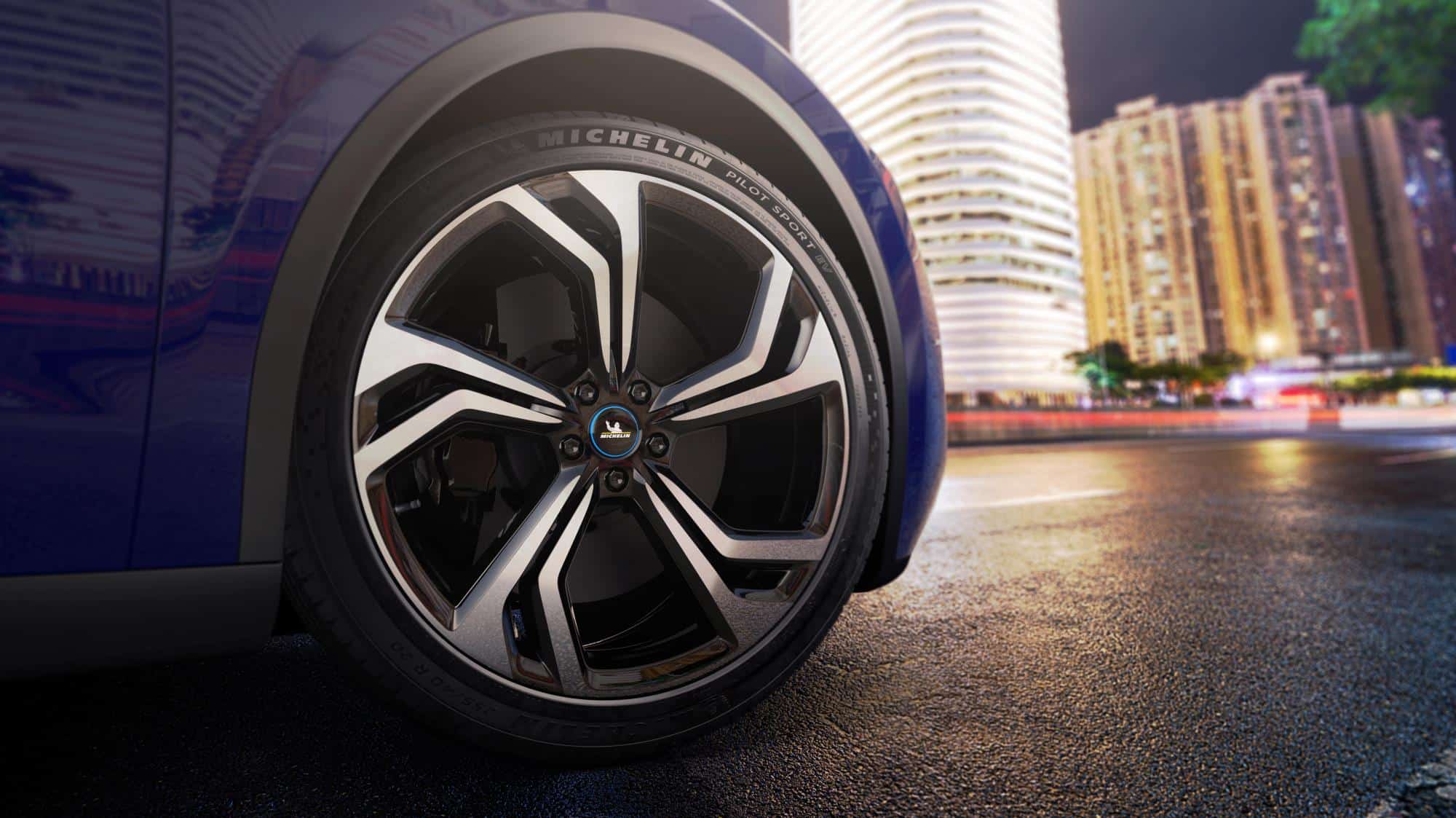
The Michelin Pilot Sport EV tyres aim to reduce noise by 20%.
The Michelin Pilot Sport EV tyre even features Acoustic Technology to achieve a 20% reduction in noise and its Energy Saver A/S tyre is designed with a special type of silica in the tread compound that reduces rolling resistance.
Meanwhile, Goodyear recently unveiled its ElectricDrive 2 tyre, designed specifically to address durability concerns. This new product aims to double the lifespan of typical EV tyres, by creating a new compound that includes sustainable materials such as soybean oil, natural rubber, and rice husk ash silica, which has the additional benefit of environmental sustainability.
Bridging the Gap: Bridgestone’s ‘EV-Ready’ tyres
While the focus on EV-specific tyre technology is paramount, companies are also navigating the challenge of developing products that can serve both EVs and ICE vehicles.
Bridgestone, for example, has announced that all its future tyres will be ‘EV-ready.’ This is thanks to its ENLITEN tyre technology platform, designed to meet the general performance demands of all vehicles.
Bridgestone’s ‘EV-ready’ portfolio includes products like the Turanza 6 and Turanza All Season 6. The company claims its products are now compatible with the world’s top 10 most popular EVs.
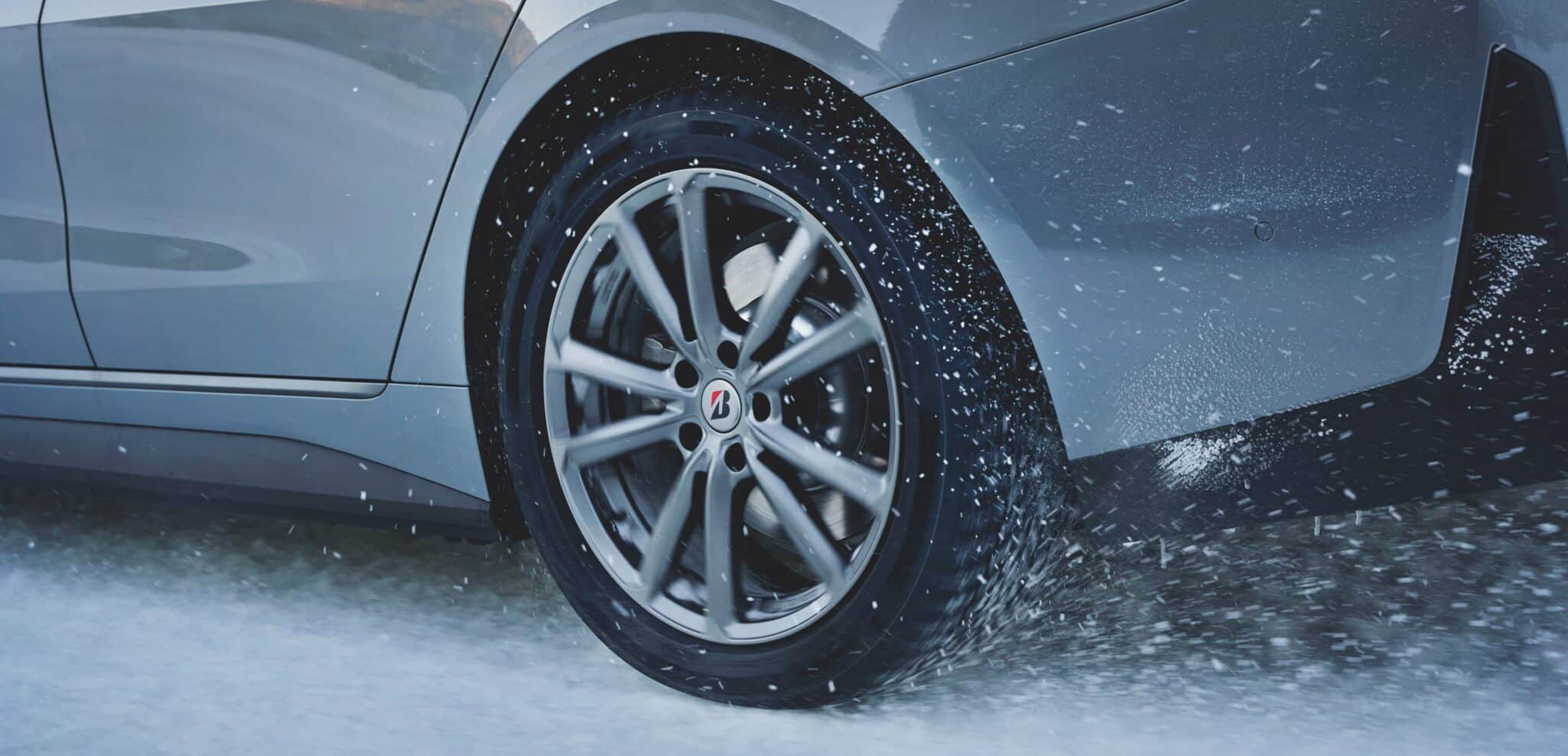
Bridgestone’s ENLITEN tyre platform is for both EVs and ICE cars.
Rubber-stamping the EV path forward
The evolution of tyres is crucial to ensuring EVs constitute a major part of our future mobility solutions. Addressing the challenges of wear, replacement costs, and particulate emissions is paramount, as well as bringing done prices and simplifying the ownership experience, by offering tyres universal to all cars, be they EV, hybrid or ICE.
The industry must continue to innovate at pace with the advancements in EV technology to ensure that the environmental benefits of electric motoring are not undermined by the impacts of emissions, as well as range and cost limitations.

